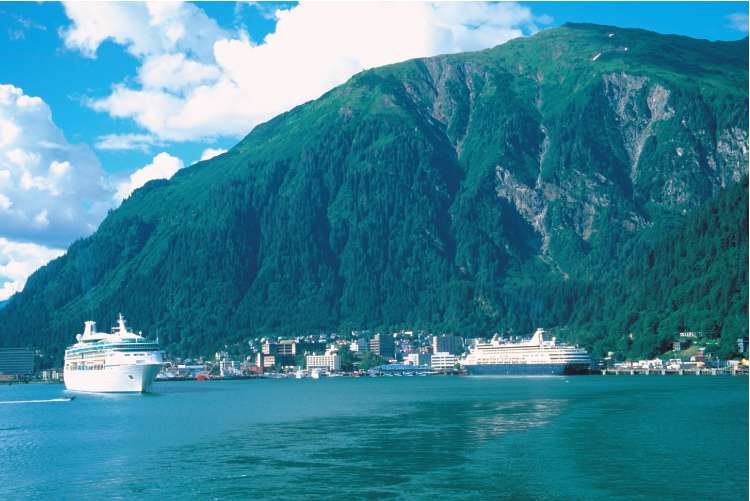Alaska's capital goes green after avalanche cuts power lines

Your support helps us to tell the story
From reproductive rights to climate change to Big Tech, The Independent is on the ground when the story is developing. Whether it's investigating the financials of Elon Musk's pro-Trump PAC or producing our latest documentary, 'The A Word', which shines a light on the American women fighting for reproductive rights, we know how important it is to parse out the facts from the messaging.
At such a critical moment in US history, we need reporters on the ground. Your donation allows us to keep sending journalists to speak to both sides of the story.
The Independent is trusted by Americans across the entire political spectrum. And unlike many other quality news outlets, we choose not to lock Americans out of our reporting and analysis with paywalls. We believe quality journalism should be available to everyone, paid for by those who can afford it.
Your support makes all the difference.Juneau, the capital of Alaska and a popular cruise-ship stop, has had little to celebrate since an avalanche wiped out the lines supplying it with hydroelectricity. But four weeks later it has become a model for energy conservation, with its citizens doing everything from unplugging tumble-driers to regulating airport runway lights.
It is a crisis no American metropolis would wish for itself. On 16 April, a roaring snow-slide in the Coastal Range made matchsticks of pylons linking the city to the hydroelectric dam about 40 miles to the south that supplied 80 per cent of its power.
The good news was that the local provider had back-up diesel generators waiting to be cranked up in just such a situation. Less good is the expense. Residents, who already have to contend with a cost of living higher than almost anywhere in the US because of Juneau's remoteness, were told to expect their power bills to quintuple during the three or four months that it would take to repair the lines.
Most homeowners will get their first glimpse of those new bills this week. But the pain may not be quite so bad as anticipated, thanks to an effort by citizens to cut back on energy consumption. It has been an unlikely go-green campaign that is already being seen as a lesson to the rest of America at a time when conservation, in times of rising oil prices, is touted for all.
Everyone has been doing their bit, including the city authorities, which took steps that included closing the municipal sauna, mothballing one of the two lifts in the main library and turning off the airport's runway lights when planes are not landing or taking off. The hope is that some of the initiatives will endure after the avalanche damage is repaired, which may not be until early July.
Businesses have responded too. Televisions in display windows have gone dark. Department stores, hotels and offices have replaced some bulbs with energy-saving models and simply removed others.
At the convention centre, the thermostats have been notched down eight degrees to a not-so-toasty 60F. "Turn off, turn down, unplug," Sarah Lewis, chairwoman of the Juneau Commission on Sustainability, said recently. "That's what everyone is doing and being vigilant about and commenting when others are not."
In all, the city, unreachable by road and with a population of 30,000, has managed to cut consumption by 30 per cent in less than a month, a margin some experts had thought impossible.
But the greatest contribution may have come from homeowners themselves, who have done everything from lighting paraffin lamps to rigging up clotheslines – tumble-driers being one of the greediest of household appliances – and forgetting the ironing. It seems that even in energy-guzzling America people can change their ways when the incentive is there.
"We sold all of our clothes pins the first day," said Doug White, general manager at Don Abel Building Supplies. "I don't think kids even knew what they were for, but they're learning now."
It is a phenomenon that was seen before in Brazil, when a drought starved the power grid of hydro-electric power in 2001. On that occasion, consumers were ordered to cut their use of power by 20 per cent or face fines.
It worked. "In two months, the whole country cut their demand by 20 per cent, and they never really returned to the same level of consumption after that," said Alan Meier, of the Lawrence Berkeley National Laboratory in California.
Join our commenting forum
Join thought-provoking conversations, follow other Independent readers and see their replies
Comments